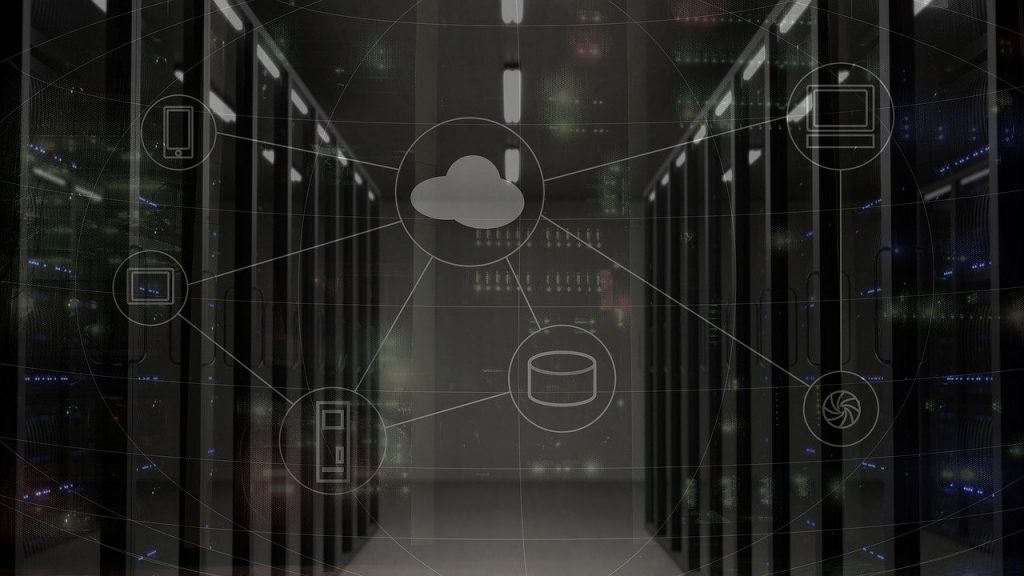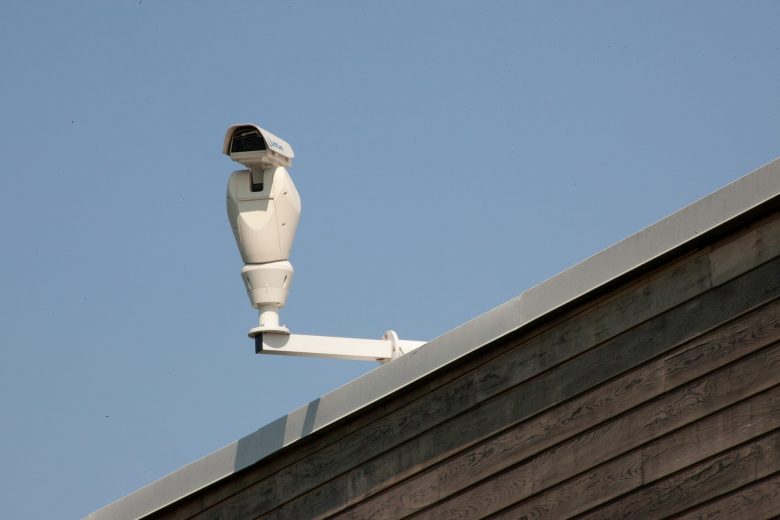Video surveillance systems have grown out of the conventional closed-circuit television (CCTV) eras, evolving into a more technologically versatile and scalable system of premise coverage and data storage.
There is no doubt in stating that the growth and expansion in technology have opened up unfathomable avenues in the field of security and surveillance; internet protocol (IP) cameras replacing analog cameras and cloud storage replacing digital video recorders (DVRs). Clearly, the internet wasn’t just for the pleasure of viewing recreational videos and accessing globally renowned music, now was it?
And who is to say that it won’t get any better?
With the outrageous growth that has ensued on the Internet of Things in the last decade or so, we can very well believe that technology is never at its peak, always expanding, always surprising.
Video Surveillance System: IoT and Cloud Computing
IoT based cloud solutions have been employed by enterprises for the last decade or more, turning their business smart and expanding their scope with evolving solutions. One major use case of cloud-based solutions by enterprises has been that of securing the premises and assets from the dangers of intrusion or internal infidelity.

Cloud computation in e-surveillance has benefited organizations in more ways than few; other than providing a larger and easily accessible storehouse of collected data, it has also aided users by providing them with process data that is actually useful, applying operational analytics onto the stored content and making the best possible use of it.
While the term electronic surveillance is quite self explanatory, it is more than what its name gives out. E-Surveillance systems, along with providing organizations with a marginally error proof security structure, also gives a chance to entrepreneurs to get an in-depth appraisal of their business and grip onto every possible grain of improvement.
Advantages of Cloud-Based Video Surveillance System
Cloud storage
One major backdrop of the traditional surveillance system has always been the vulnerability of the data recorded, which is supposed to provide the enterprise with protection for internal and external threats. The data collected through cameras was once upon a time, and sadly even today, though in a marginally smaller number, stored on-site in a hard drive. This on-site hardware-based storage could be easily tampered with or stolen, leaving an enterprise void of any real protection.
Cloud-based video management systems have changed the way data is stored and thus provided true meaning to the protection of premises. The IP cameras and smart sensors that are connected to the cloud-based platform via a network connection, allow users the ease of storing data on the cloud, keeping it safe from any physical extortion or intrusion.
Cloud analytics
The data stored in DVRs after being recorded via CCTV cameras was just what it sounds like, recorded data. The footage being incapable of being viewed in the moment or being automatically analyzed meant that the big data was useless unless human resources were employed to break down the footage and deduce some useful insights.
With the emergence of cloud camera solutions in the game, the way surveillance data is viewed has completely changed. From dissection of useful and useless data to deduction of workable insights, none of it requires any human intervention. The cloud is well capable of doing all of this for the users while at the same time allowing them to livestream the footage from the cameras.
Footage retention
If you’ve ever owned a harddrive to store all your favourite movies you know how fascinating the idea of storing so much data into such a small appliance was. With time however, and the application of it, the use of a hardware to collect footage of a camera operating 24*7 does not sound that amazing. Knowing that we could completely fill up our hardware with just our own data; it makes usage of a hard drive for security purpose, especially for warehouses and enterprises rather redundant.
Unlike the on site local storage of limited data, cloud services allow users to go ahead an store a marginally greater amount of data for a long period of time (depending on your security plan), retrievable and shareable at any point of time.
Remote access
Can you imagine sitting at your home and knowing exactly who has entered your office; or which employee is late for work, again? Of course you can, and you probably already do. But can you imagine an employer being able to do that ten years ago?
The decade has brought great changes into the wold of technology, affecting every other field of work or lifestyle, including what we today call security and surveillance. Authorized users can access their cloud based dashboards from any place around the globe, assuming of course, that they have an internet connection. Employers receive real time alerts right onto their handy devices, making security a lot more easier and connected.
Video retrieval
Waiting all day after clicking pictures and shooting videos doesn’t sound the worst thing in the world, but when the same is applied to the recordings of a surveillance system, it can be bothersome. Not knowing if some criminal activity has taken place until the the video stored in the hard drive is retrieved or a security personnel walks in onto the site of mishap; it really destroys the purpose of employing a surveillance system.
Enterprise security solutions of today, however, provide the users a chance to monitor the live footage of the enterprise at any point of time, retrieve historical data whenever required(keeping in mind the specifications of their security plan), and download or share it for the purpose of providing evidence in case of any mishap in the workplace.
Ease of locating data
Imagine viewing a week or even a single day’s data and not knowing what time stamp you are to focus on. Now imagine doing that every time something remotely goes wrong or out of order.
With the modernized security systems, the IP cameras and smart sensors attached to the cloud platform send real time notifications and set off alerts and hooters in case of any unauthorized or suspicious activity. This notification stays on the platform to be viewed by the users, making it a thousand times easier to locate the data they are looking for.
SOP Audit
Every organization has had a stringent set of rules to be followed by all employees and staff members for the efficient and safe performance of processes as well as standardization of operations across multiple sites. However, with static on site CCTV cameras, it can be difficult to monitor and follow through with an employee’s performance.
Cloud based smart security systems allow users to monitor employee performance and control their adherence to uniformity and safety protocols, the instructed standard operating procedures (SOPs) , being notified if any deviation occurs.
Conclusion
Cloud computing is the new norm when it comes to video surveillance solutions, bringing to the market a mechanism for a secure and safer work environment, with a real-time quality appraisal of employees’ performance and the overall operations of the enterprise. Cloud security as a service has revolutionized the way organizations work; smart devices recording every small movement taking place on the premises while smart analytics provide users with improvement recommendations. This smart avenue of e-surveillance is ever growing with the ever-evolving technologies; making a scalable cloud-based security solution the best bet for today’s enterprises.


























